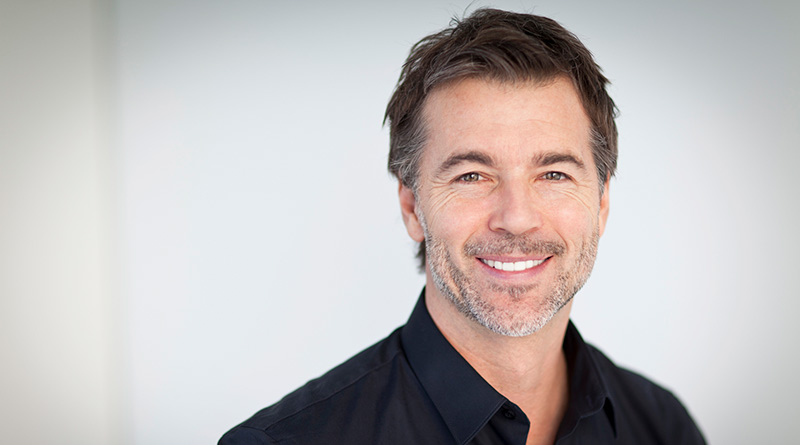
Everything You Need to Know About Hair Transplant Surgery
The Hair Society estimates that about 21 million women and 35 million men across the world suffer from a hair loss condition. How one deals with this condition depends on the cause, level of hair loss, their budget, and the intended results. Some choose to wear wigs or style their hair in a way that conceals the condition while others choose permanent solutions such as hair transplant surgeries.
This post is a guide on how you can tell you are a hair restoration candidate, the options available to you, what to expect, and how to choose a reputable specialist.
Am I a good candidate for a hair restoration procedure?
As much as the thought going through a hair restoration procedure sounds like a good idea, not everyone is a good candidate. Some of the prerequisites you should consider include:
Your age
The ideal hair restoration procedure candidate should be between 25 to 65 years. Patients under this age bracket could only be going through a condition that will change with age. People above 65 years normally have extremely thin hair, and a restoration procedure might be ineffective.
Type of hair loss
There are different types of hair loss. Hair transplantation is ideal for people suffering from pattern baldness, where only certain parts of the scalp are affected. This is because the unaffected areas will prove good donor hair follicles.
Your health
Patients on certain medications such as blood thinners are not ideal hair transplant candidates. Being in good health hastens your recovery time and reduces the chances of complications.
Types of hair restoration procedures
There are two main types of hair restoration procedures: Follicular unit transplant (FUT) and follicular unit extraction (FUE). Also referred to as a strip procedure, FUT involves the removal of a strip of skin with undamaged hair follicles. The strip is dissected into grafts that are placed on the affected area. FUE involves the removal of individual unit grafts from the donor area. They are then artistically placed on the recipient area.
What to expect during the procedure
Although the hair restoration procedures are virtually painless, you will feel a little sore afterward. The affected areas will also be wrapped with gauze or bandages, which you should not remove for the next couple of days.
The doctor may prescribe some pain medication antibiotics. You should be able to get back to work after a maximum of five days. Between two to three weeks after the procedure, you may notice that the transplanted hair is falling out. You will notice new hair growth six months after the procedure.
How to Choose a Hair Restoration Doctor
Hair restoration procedures require a unique set of skills. You should choose a surgeon who's licensed and board-certified.
Dr. Diep is a world-renowned
San Jose hair restoration specialist at MHTA Clinic. Our
San Jose FUE doctor will explain all about the procedure and answer all your questions. Schedule a consultation with our licensed, insured, and board-certified
San Francisco FUE hair transplant surgeon. Contact our office today at
1 (866) 999-6482 or
fill out our online contact form here.


